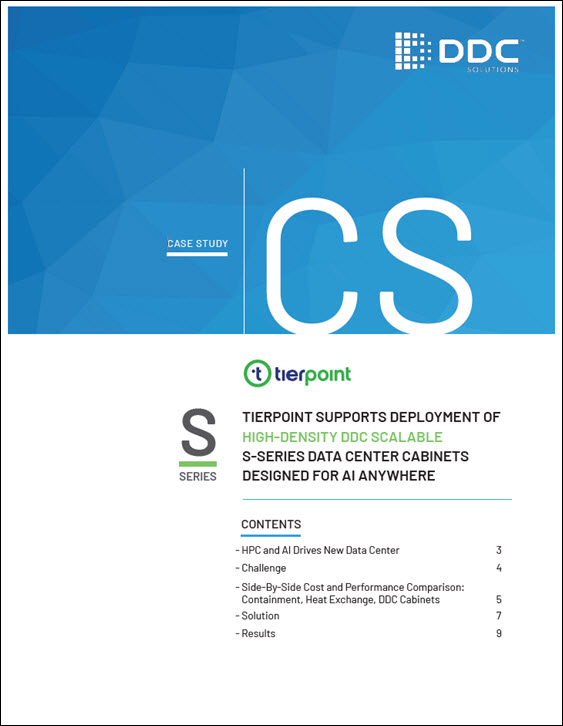The Intel Omni-Path Architecture is the next-generation fabric for high-performance computing. In this feature, we will focus on what it takes for for supercomputer application to scale well by taking full advantage of processor features. Three future guest articles will cover system performance, the platform makeup, and its impact in the Top500.
Supercomputer apps are hungry for data. If you don’t give them enough data bandwidth, they tend to starve and not perform to expectations. Today’s performance code is written to discover and reveal unknown secrets, like galactic evolution, the makeup of the Higgs boson, the chemistry of new life-changing drugs, the unique contributions throughout history of black women in America, and the list goes on—including advancing Artificial Intelligence by beating the best poker players in the world. To keep a supercomputer app working at its peak means not letting it starve for the next bit or byte or calculated result—for whatever reason. And in a supercomputer with tens or hundreds of thousands of cores, there are a lot of reasons starvation can happen.
To keep these apps working at their peak means not letting them starve for the next bit or byte or calculated result—for whatever reason.

Modern HPC architects now focus on balance across the infrastructure, because it takes an entire framework to optimize application performance. (Photo: Intel)
How to Keep Apps from Starving
Yesterday’s supercomputer designers wanted faster CPUs, more engine horsepower. But, as CPUs got faster, other components became a pinch point for apps—storage, network, memory—starving applications of data. Modern HPC architects now focus on balance across the infrastructure, because it takes an entire framework to optimize application performance. Here are key parameters that keep apps from starving.
- High throughput—From the processor cores, cache, and memory to storage and across the fabric to other nodes, speeds have been increasing to move more data faster.
- Low latency—CPUs and memory have always put pressure on storage and the network. Now with SSDs, 100 Gbps fabrics (and increasing), and new approaches to data movement, there’s more balance. Today’s designers are focusing on the nuances of where latency occurs, especially in the fabric, and addressing it for the needs of HPC applications.
- High message rate—With MPI as the backbone to much of HPC codes, it’s critical to maximize message passing across the cluster.
- Data integrity/error correction—The performance demands of today’s apps and the speed of communications make packet errors costly, so maintaining integrity without inducing additional latency is crucial.
- Efficiency—From fabric routing to data movement across the CPU, efficiency is affected by not only by the speeds and feeds of components, but also by how effectively the hardware and software components mesh together to optimize data across the fabric.
- Cost/Performance—These systems are expensive, so making every dollar count toward performance is an advantage that benefits all researchers and users.
- Scalability—Every core must count. What’s the point of a supercomputer if it can’t supersize and still feed its apps? The holy grail is linear—or better—scalability. Every component in the platform must pull its own weight.
Intel has been advancing supercomputing for decades—from Intel Xeon processors and chipsets to Intel Xeon Phi processors with many integrated core architecture (MIC), server boards, and, now with Intel Omni-Path Architecture (Intel OPA), the fabric. Their HPC focus has been on optimizing application performance across the platform.
[clickToTweet tweet=”Modern HPC architects now focus on balance across the infrastructure. #supercomputers” quote=”Modern HPC architects now focus on balance across the infrastructure. #supercomputers”]
Intel OPA—Focus on the Apps
Intel OPA introduces a next-generation fabric that gives HPC apps what they want—data, so they don’t starve. The Intel OPA technology accelerates data movement through high bandwidth, low latency, integrated and optimized packet integrity protection built right into the silicon, high MPI message rates, fabric integrity in the presence of lane failure, low cost, and high efficiency (from silicon integration to switch port capacity). Intel is in a unique position to make the fabric an integral part of the platform, simply by integrating the host interface into the processors. That ripples through the platform, enabling high performance, low cost, improved power efficiency, and less system hardware to break and maintain. Intel OPA is an end-to-end fabric with hardware (switches and host interface) and software, optimized for application performance. And it is taking the Top500 by storm.
How does it do all this? We’ll talk about that in future articles.
To find out more about Intel Omni-Path Architecture, visit the Intel OPA website.




